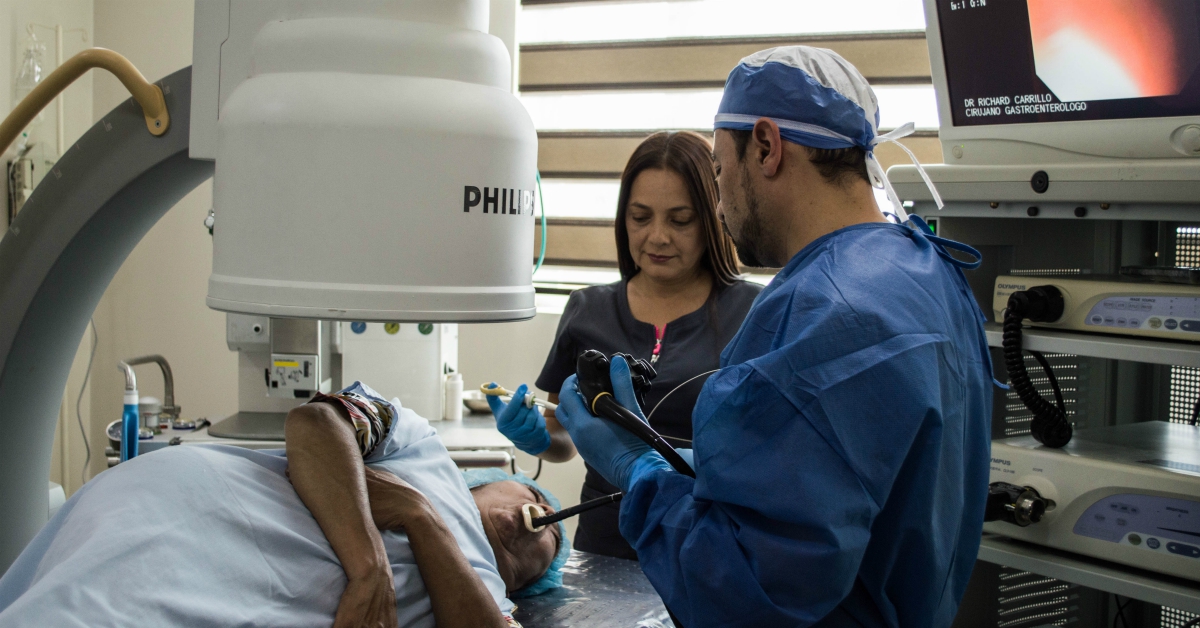Beginning in 2019, otherwise-eligible clinicians, groups, and APM entities can elect to opt-in to MIPS if they exceed 1 or 2, but not all, elements of the low-volume threshold. That means that for the first time, these previously ineligible clinicians have the opportunity to participate in the QPP and earn a payment adjustment.
Now maybe you haven’t had the time to pay close attention to policy minutiae, and this is the first you’re hearing of the opt-in option. Or maybe you’ve heard of it, but haven’t looked seriously at what it could mean for you or your organization. After all, on the surface it just sounds like work that isn’t required--and could it really make enough of a difference to your bottom line to be worth it?
Well, we highly recommend you do the math to find out. Because depending on your situation, you might be very, very glad you did.










